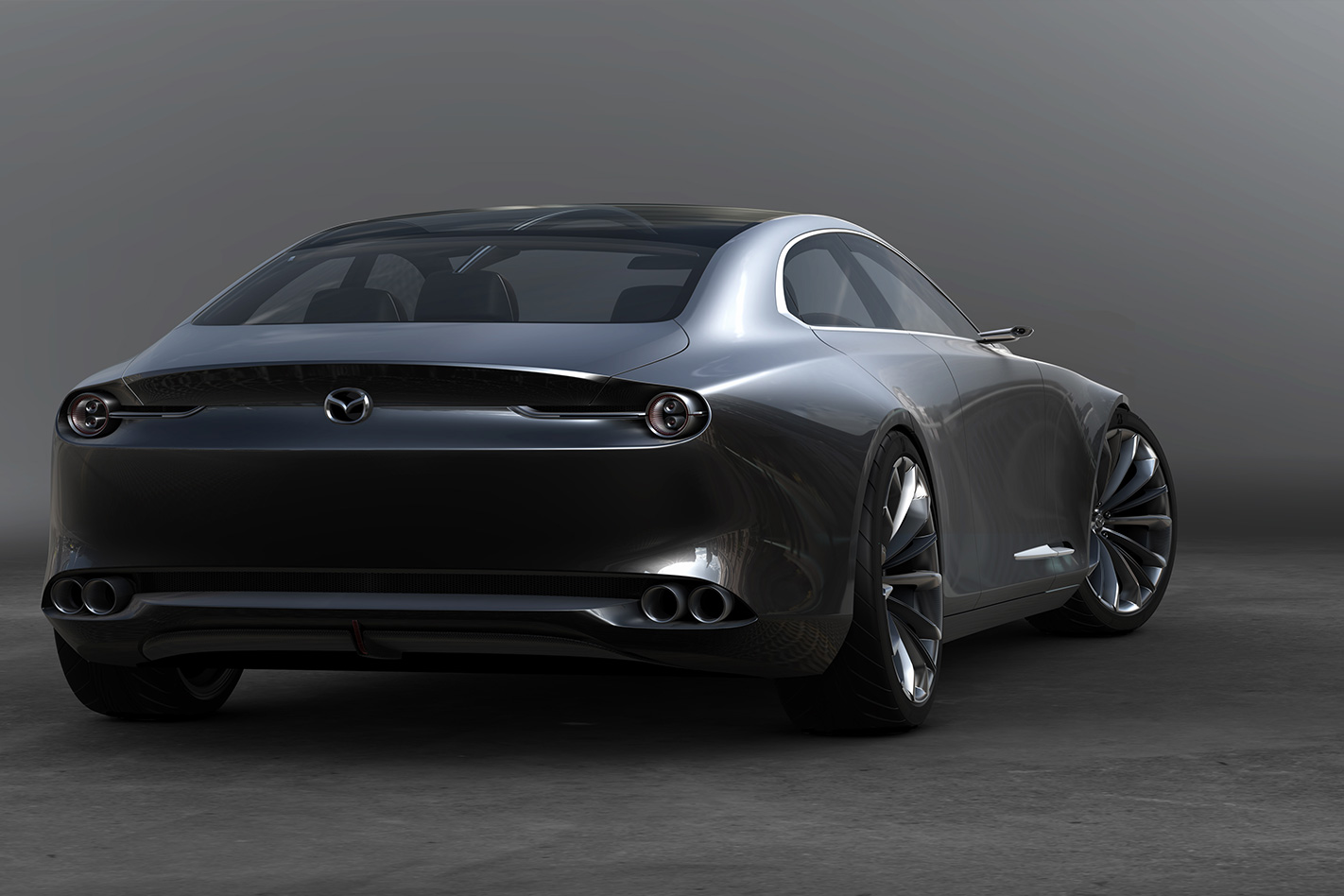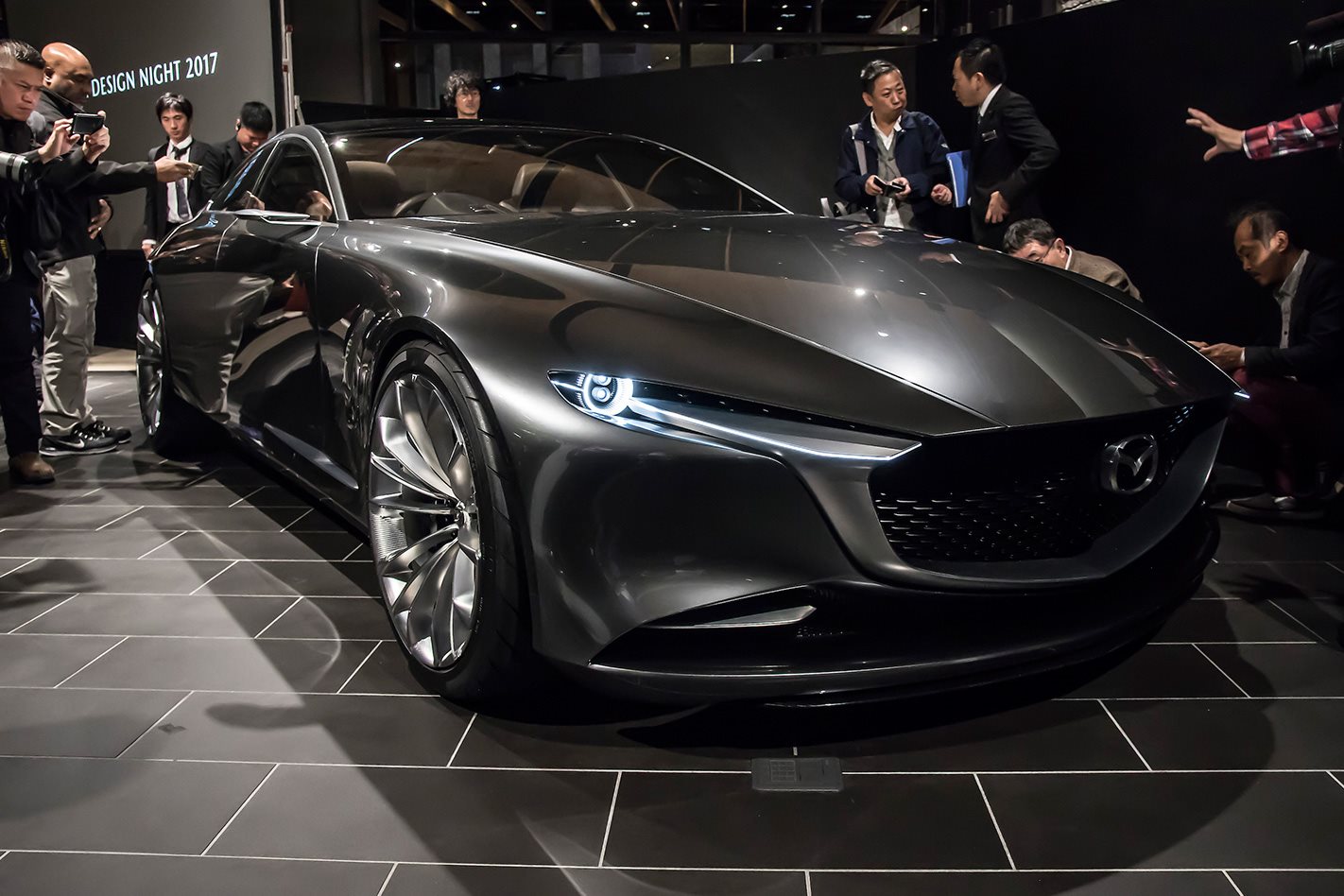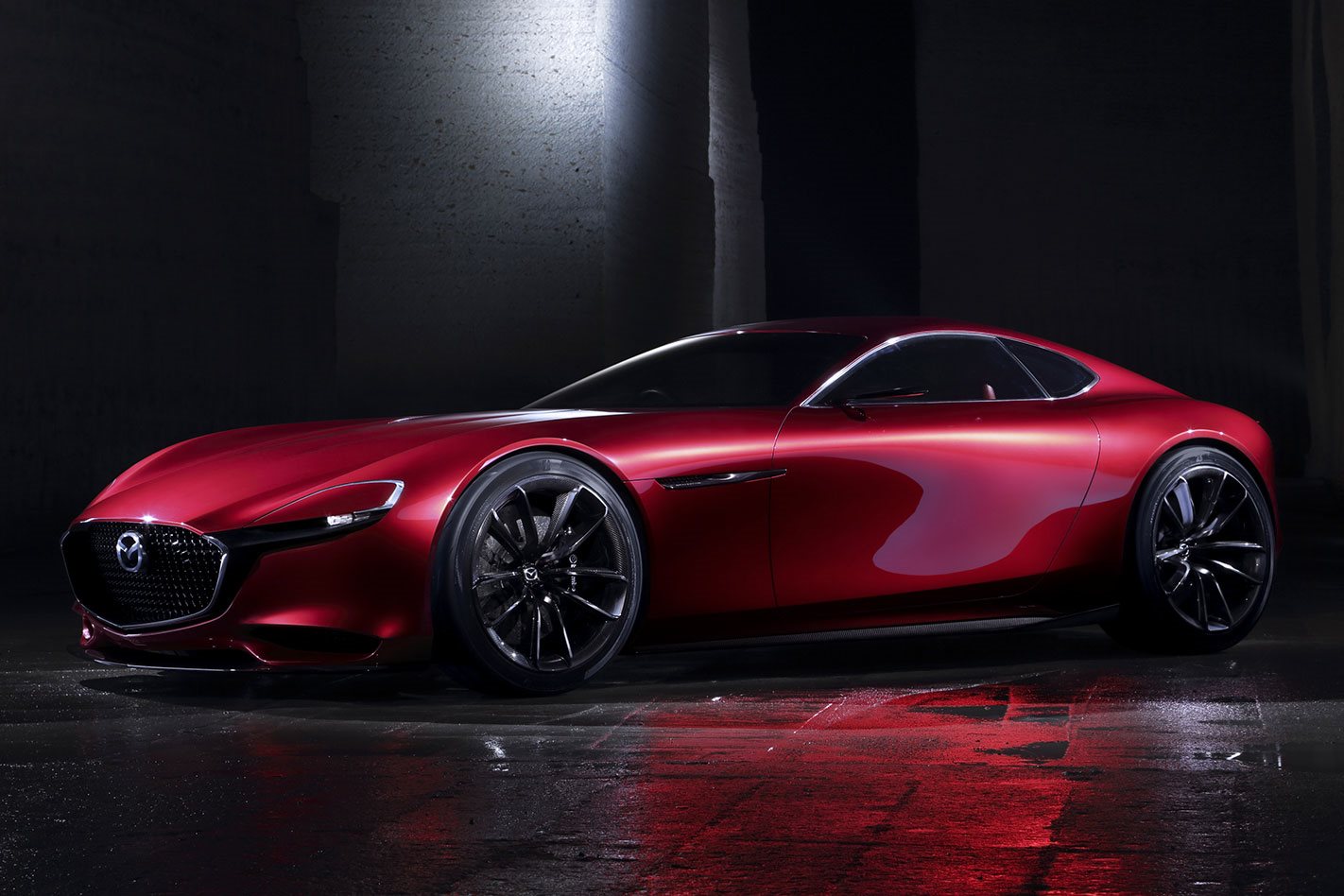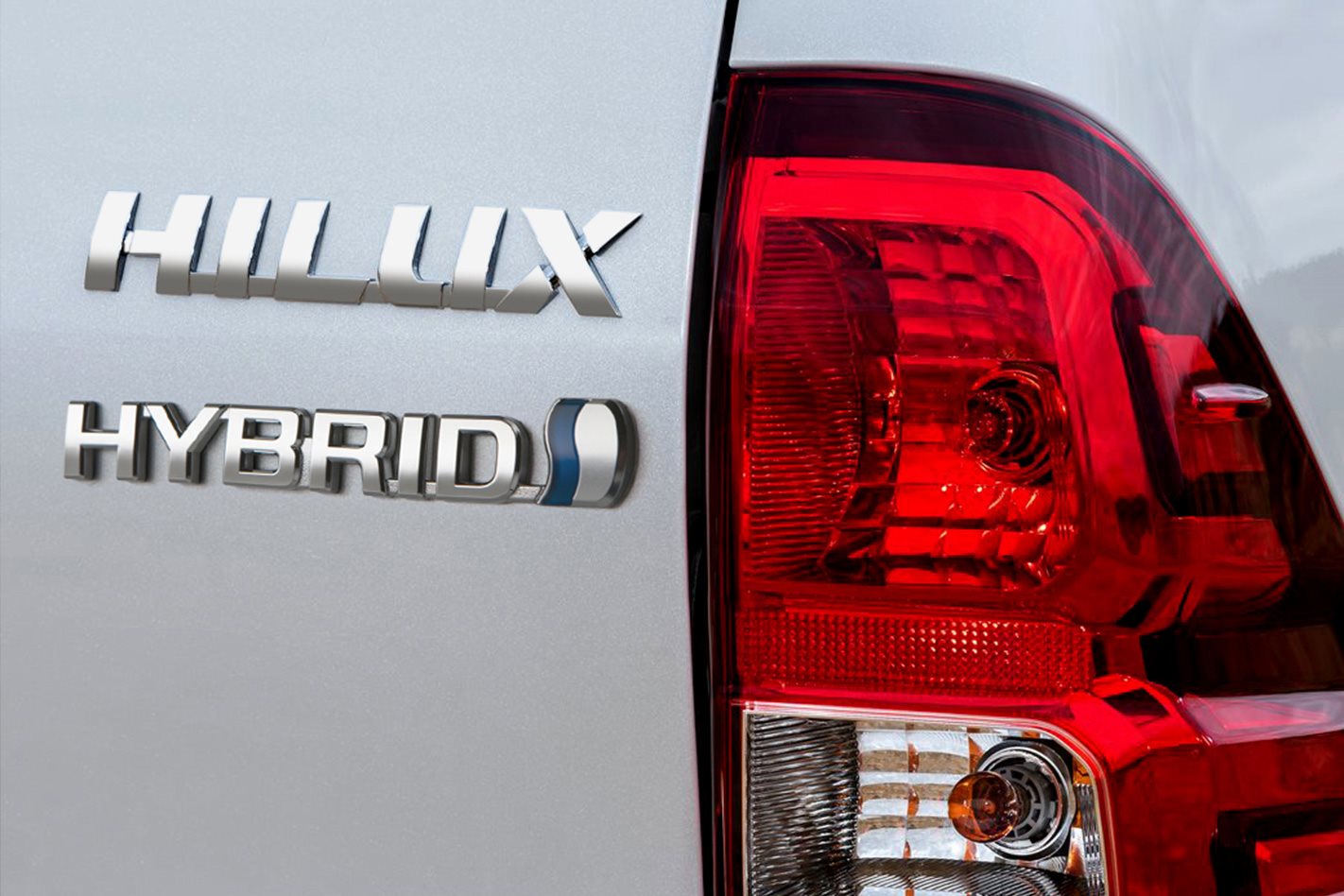MAZDA’S just-unveiled Vision Coupe is a statement of intent by the Japanese brand that it wants to edge its products closer toward the premium end of the market.
Stopping short of saying that Mazda was making a play on the luxury segment with its elegant Vision Coupe, Mazda’s managing executive officer and chief of design, Ikuo Maeda, told Wheels the premium label was one that he hoped would soon apply to Mazda’s passenger cars.
“I have to say yes, but I don’t want to say ‘luxury’. With premium, we’re going to have a lot of choices,” Maeda said.
“Other directions. High quality and nice design – beautiful design – but not luxury. [Luxury] is not the direction we have to pursue.
“Still, we have to produce something more affordable than high-end premium brands.”
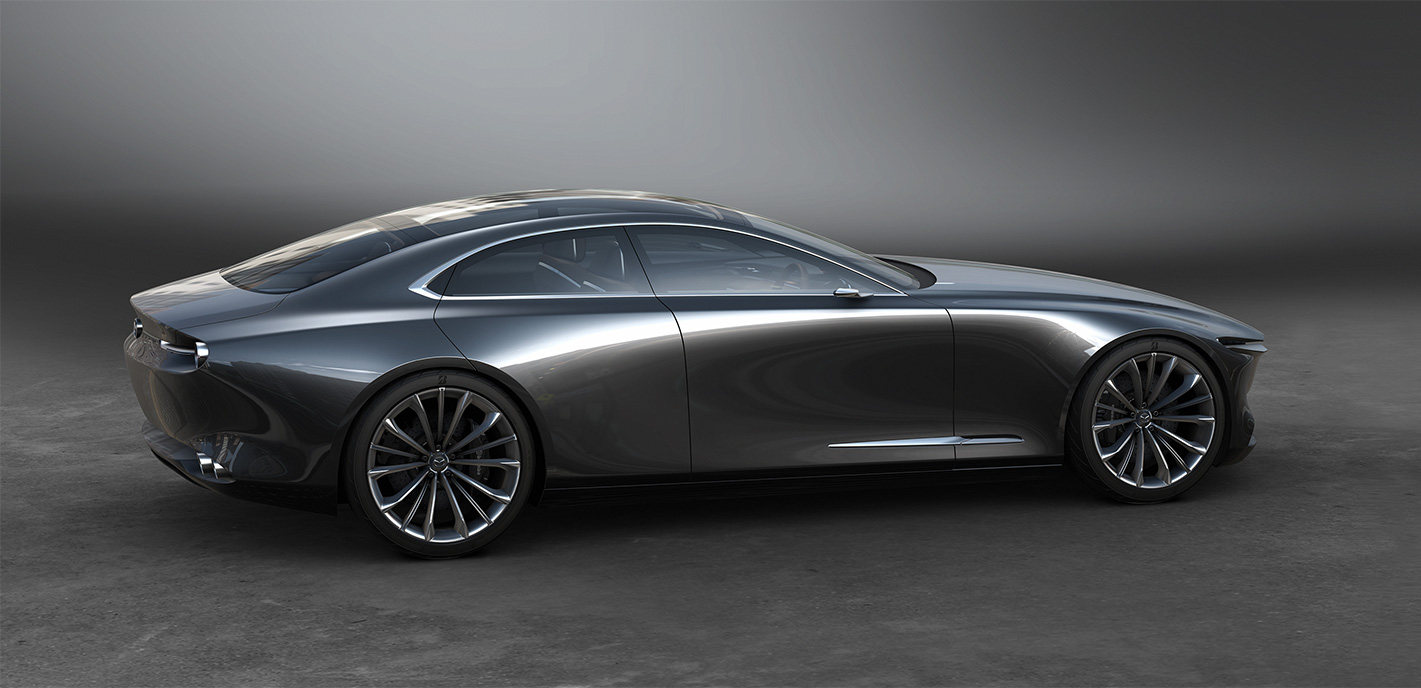
But for now, the Vision Coupe is a clear signal of where those steps are expected to lead. The concept’s form is elegant and sculptural – Mazda had planned on revealing it to the media at the Tokyo National Museum to really ram that point home, before super typhoon Lan interrupted – with an ultra-long body with a low glasshouse pushed almost to the very rear.
Its proportions are Aston-esque, but its shark-nosed grille and round tail lamps are meant to recall Mazda’s classic Luce Rotary Coupe of 1969. The result is a car that looks like it could easily compete with a Mercedes-Benz CLS or Audi A7 – at least in terms of head-turning visual appeal.
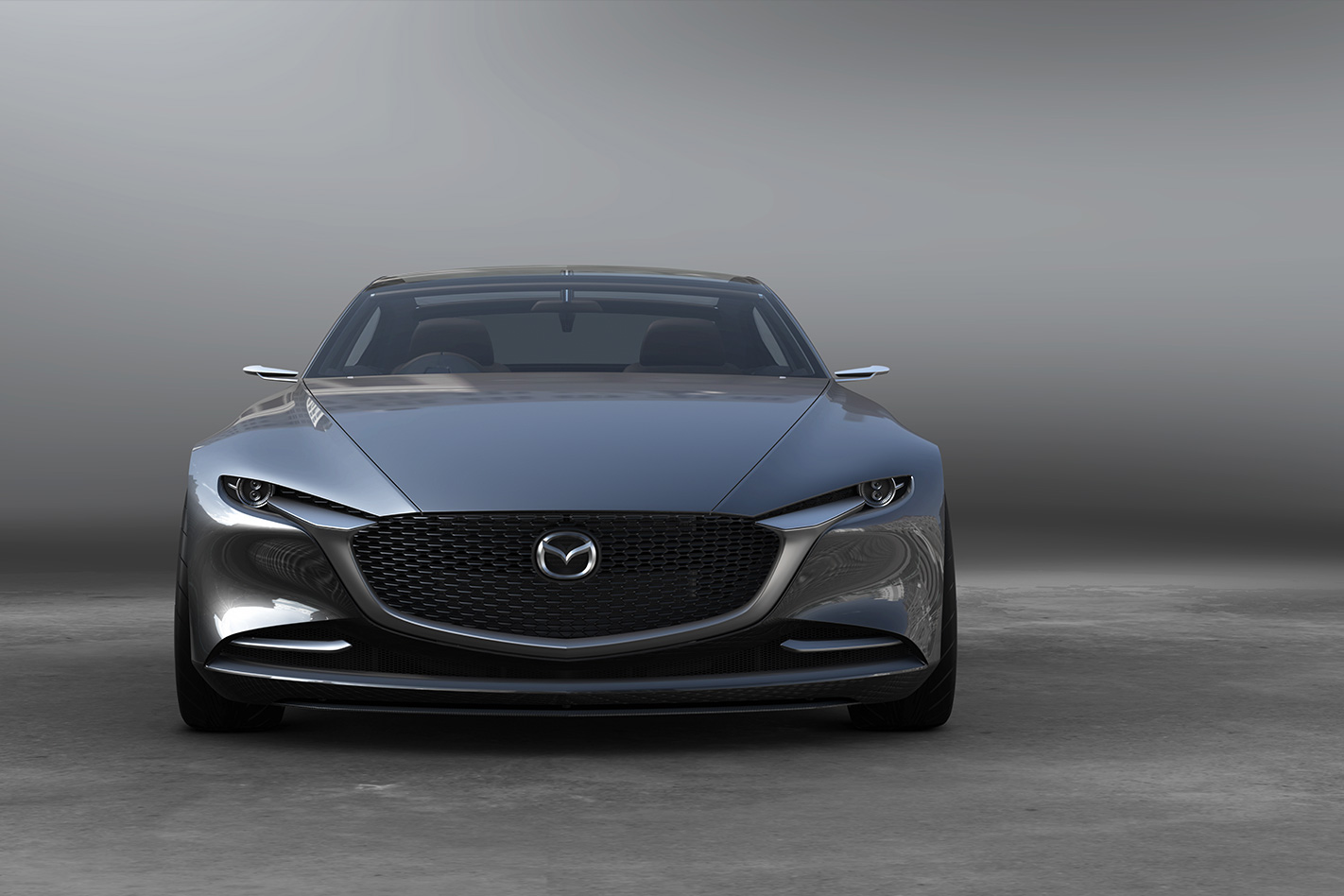
Rather, expect it to form the basis of the next-generation Mazda 6, due around the end of the decade. With a shorter distance between the front doors and front axle, a few extra centimetres of roof height and more realistic wheels, wing mirrors and bumpers, the Vision Coupe suggests the next-generation 6 will be a handsome car.
It also suggests that the next 6 could transform from a conventional sedan into a four-door coupe, a move that would arguably satisfy Maeda’s desire to see the Mazda brand push upmarket. Volkswagen’s Arteon has proved that adventurous design can work wonders for a mainstream car maker’s brand image, while also increasing the amount of money that customers are willing to shell out for a four-door.
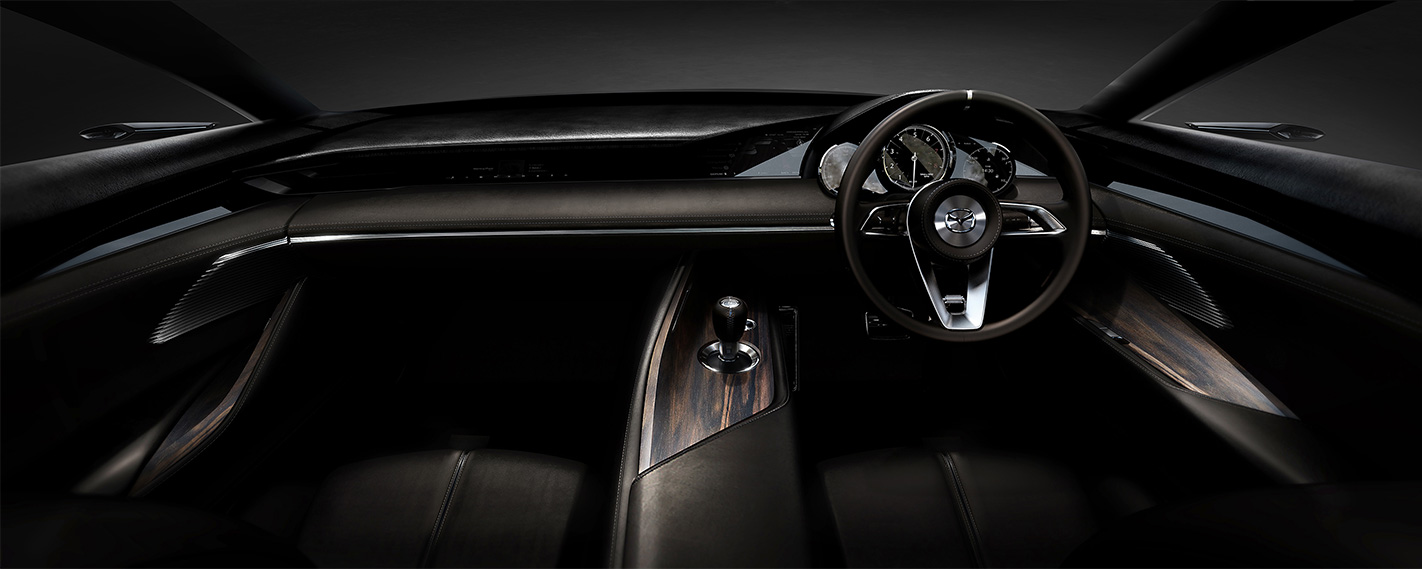
And that’s because it’s based on the interior of the Kai concept which, also makes its debut at Tokyo. The Kai, a near-production concept that previews the next-generation Mazda 3 that will go on sale in 2019, flaunts a modern and minimalist interior that nests the infotainment screen within what would normally be a dashboard trim panel, with a thick chrome bar stretching from door to door.
The Vision Coupe shares that basic layout, but is even more pared back and covered with higher-end materials such as grained wood, machined aluminium trim and stitched leather. Just like the exterior, the Vision Coupe’s cabin is designed to be minimalist in execution, but indisputably high-end in presentation.
